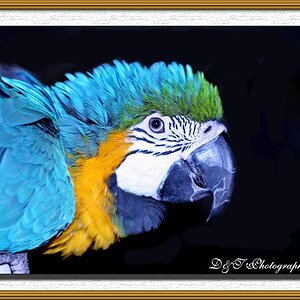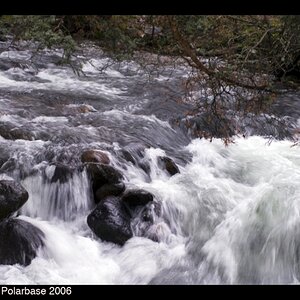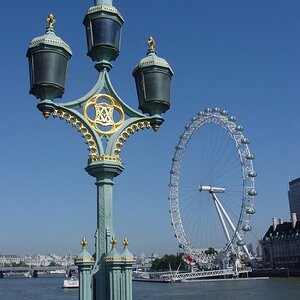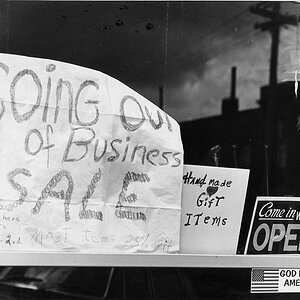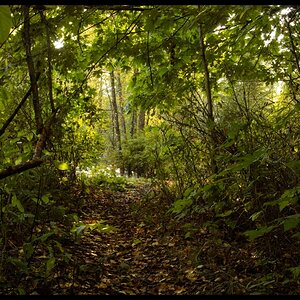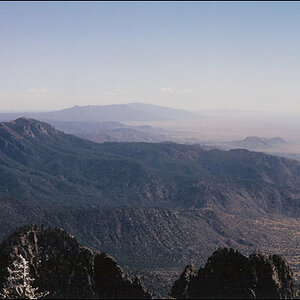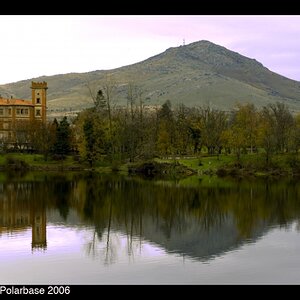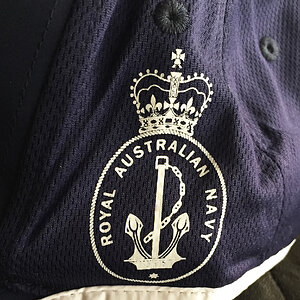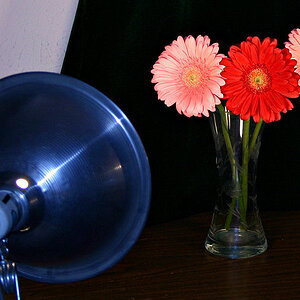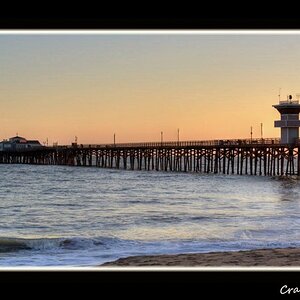WayneF
No longer a newbie, moving up!
- Joined
- Oct 11, 2013
- Messages
- 622
- Reaction score
- 114
- Location
- Texas
- Website
- www.scantips.com
- Can others edit my Photos
- Photos OK to edit
I think that is everyone!
It all sort of makes sense. Not sure I can regurgitate it yet.
The only two things I do not get, one why is it called "Circle of Confusion"?
And secondly, it is stated as fact in multiple places the formula, and specific values for CoC. I am perfectly willing to accept 0.3mm for full frame and 0.2mm for a standard 1.5 crop sensor. Even reading the Wiki page for some reason I cannot wrap my head around this explanation. It intuitively makes sense to me, but I just do not follow the "official" definition.
Tim
Tim, I think you refer to the page at Circle of confusion - Wikipedia
Circle of Confusion is the larger unfocused blob of an unfocused spot in a photo. You have surely seen unfocused areas before. That articles first image in top right page corner shows a diagram of it. An unfocused blob just spreads and grows larger.

About 3/4 way down that page are quotes of articles from 1829 and 1832, calling it Circle of Confusion. I don't know if that was first usage, but it already had that name then. That was a different time, not much was yet known about optics, and the unfocused blob was indeed a Circle of Confusion (there was no detail in it). That date was before cameras, that was about microscope and telescope lenses. Then the 1866 article after Daguerre had his early camera in 1840. At at the 1889 article, we had the first Kodak Brownie (one year before). Anyway, it is an early name for a very old concept. And sort of a quaint name from different times. But they were interested in calculating CoC size then.
The first text line (by that top diagram, about the diagram) is:
Diagram showing circles of confusion for point source too close, in focus, and too far
In optics, a circle of confusion is an optical spot caused by a cone of light rays from a lens not coming to a perfect focus when imaging a point source. It is also known as disk of confusion, circle of indistinctness, blur circle, or blur spot.
So CoC is simply the name of the larger blob diameter of a (tiny) unfocused point source, like the diagram shows. That should be clear enough. It is a spot of blur. If we are going to compute its size, we need a name for it.
Depth of Field calculators use the term CoC slightly differently for their purpose, as the name for the specification for the maximum allowable unfocused blob that is still too small for our eyes to see when enlarged to a usable viewable print (the 0.03 mm for full frame computations is a hypothetical dimension used for reference). And specifically, for standardization, the spec for DOF is to use an 8x10 inch print to compute DOF on. So it computes the unfocused blob diameters and the DOF distance limits are where the CoC blobs grow larger than this reference CoC, and thus becomes large enough to be visible blur to our eye when enlarged for viewing. If Depth of Field is said to be say 10 to 20 feet, and it was a full frame sensor (0.03 mm CoC) enlarged to 8x10 inch viewing size, then the CoC at exactly both 10 and 20 feet is 0.03 mm (regardless if there is any unfocused blob there or not). That 0.03 mm is on the sensor, it is larger on the enlarged print, at just the limit of our eyes capability there. And larger outside that range (blurred), and less inside it (not blurred). But the calculated DOF limits means the CoC calculation that did reach that maximum allowable amount (at 10 or 20 feet) could still call it sharp enough for our eye, when enlarged to a 8x10 inch print size.
The arguments (like Donny here) that the sensor size has no effect on the DOF simply don't know enough about DOF yet. DOF has been studied for more than 100 years, but Donny hasn't actually started yet. Sounds like he just found crap on the net that gave him the idea. The net is sort of a strange world, some of it is Not to be trusted.
Yes, it is certainly true that the sensor has no effect on the image that the lens creates. And that is what Donny is trying to say. However, DOF is a very different deal, because the sensor, and even most film sizes are simply too small to view any critical detail. We do not look at them, we always make larger prints, or show it large on a video monitor, or project a slide or movie on a large screen, so that we can see it big. Or use a 10x loupe if we do have to look at the negative. And we want that enlarged print to look good too, so we compute DOF on that enlarged size of blur.
Of course, that enlargement certainly enlarges blur too, and all that matters is how that enlargement looks. The Depth of Field formula computes the CoC blur enlarged to 8x10 inch print size. And a tiny sensor certainly requires much more enlargement to get to 8x10 inch size, so yes, sensor size ABSOLUTELY affects Depth of Field calculations. Sensor size does not affect the image already on the sensor, but it does of course affect the images that we enlarge from it.
Technically, the choice of specification for maximum allowable CoC is what adjusts DOF for enlargement size. For the 35 mm film frame, Sensor diagonal / 1442 = 0.03 mm (common in Japanese cameras, or we still see /1500 = 0.0288 mm sometimes). The Sensor diagonal size is what adjusts CoC in the DOF formula for the enlargement to 8x10 inch print size. A smaller sensor computes a smaller CoC, which is worse DOF due to the greater enlargement required. HOWEVER, the smaller sensor necessarily must use a much shorter lens on its cropped size, which works oppositely in the DOF formula. Not equally, a greater effect, but oppositely.
Last edited:


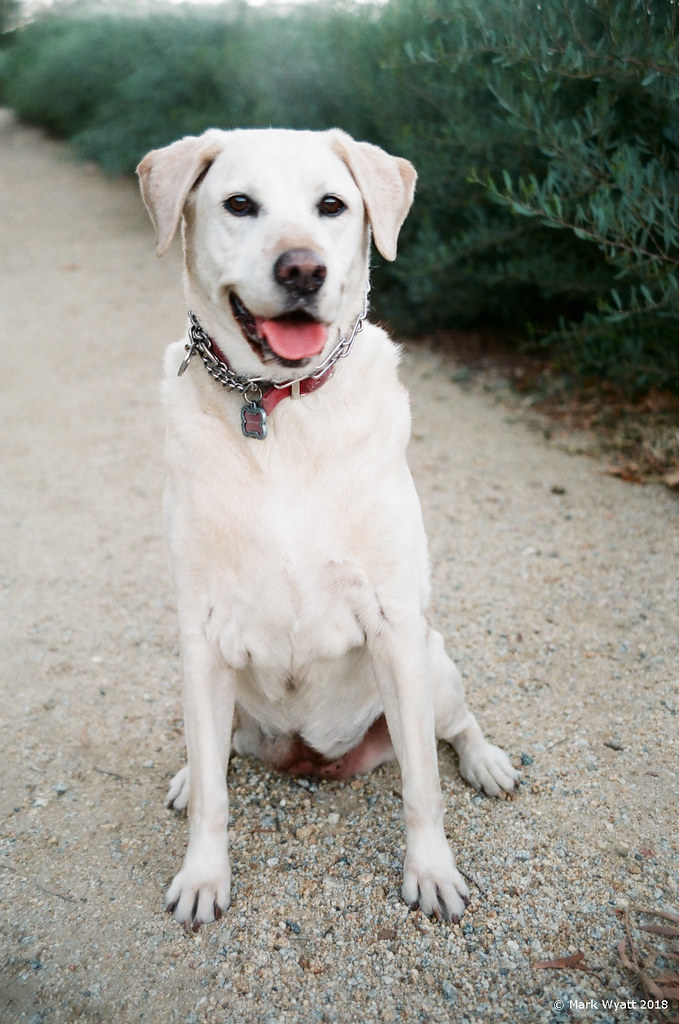
![[No title]](/data/xfmg/thumbnail/31/31707-a2840f3af9af3a4fa6f6dfbd4028eae5.jpg?1619734964)
